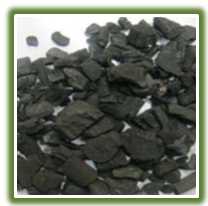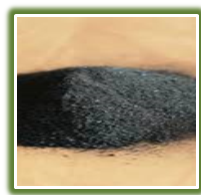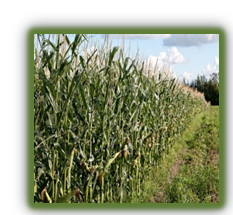Role of Biochar from Gasification Technology in Carbon Sequestration
GHG
- Biochar helps reducing concentration of GHG required to slow down global warming & climate change
- Highly stable against microbial decomposition and hence reduces GHG emissions
Soil Enhancement
- For greenhouse mitigation, application of biochar into the soil is gaining popularity due to several advantages.
- Increase in crop yield, nutrient and water use efficiency and several environmental benefits.
Fixed Carbon + Yield
- Biochar generated from Gasifiers contains around 75 to 85% of fixed carbon that can be returned to the soil
- The yield could vary from 6% to 25% of feed by weight, depending on the type of biomass and design of Gasifier
Role of Biochar from Gasification in Carbon Sequestration



- Biochar is a highly stable form of carbon derived from pyrolysis & gasification of biomass
- Helps reducing the concentration of GHG
- Biochar into the soil provides benefits like increase in crop yield, nutrient and water use efficiency and several environmental benefits
- Biochar generated from Gasifiers contains around 75 to 85% of fixed carbon that can be returned to the soil. The yield could vary from 6% to 25% of feed by weight, depending on the type of biomass and design of Gasifier
- Charcoal can be used for cooking in rural areas or for any thermal heat applications.
